As the HVAC industry continues to evolve, so do the standards by which we measure the efficiency of air conditioning systems. One of the most significant changes in recent years is the transition from the traditional SEER (Seasonal Energy Efficiency Ratio) to the new SEER2 rating.
In this post, we’ll break down the SEER2 rating, explain why it was introduced, and highlight the benefits of upgrading to a SEER2-rated air conditioner for your next AC installation in Burlington, VT.

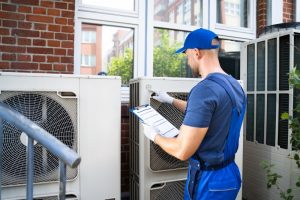
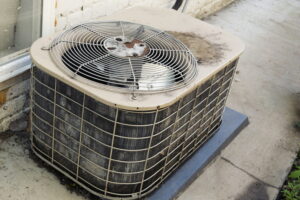 The simple answer to the question is “yes.” An air conditioner contains numerous metal components, many of which can rust because of contact with water.
The simple answer to the question is “yes.” An air conditioner contains numerous metal components, many of which can rust because of contact with water. 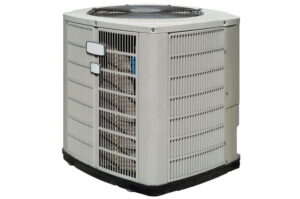 No air conditioning system will run year after year—there is no “endless summer” when it comes to an AC. An air conditioner that receives regular maintenance each year and has repairs done promptly as needed can put in many years of effective and efficient cooling. But eventually it will reach a point where its performance falters and it costs too much to run, and it’s best to replace it with a new system before it suffers an emergency breakdown.
No air conditioning system will run year after year—there is no “endless summer” when it comes to an AC. An air conditioner that receives regular maintenance each year and has repairs done promptly as needed can put in many years of effective and efficient cooling. But eventually it will reach a point where its performance falters and it costs too much to run, and it’s best to replace it with a new system before it suffers an emergency breakdown. 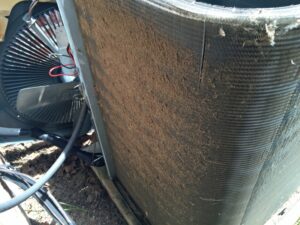 August is the time when air conditioning systems face serious challenges. Not just because of the heat, but also because of the wear and tear they’ve gone through in the first part of summer.
August is the time when air conditioning systems face serious challenges. Not just because of the heat, but also because of the wear and tear they’ve gone through in the first part of summer.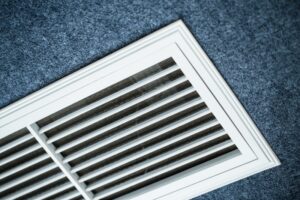 A common cause for an AC failing to keep a house cool enough during summer is because the air conditioning system isn’t completing its full cooling cycle and instead shuts down early. Sometimes the air conditioner may come back on soon after and repeat the process; this is called
A common cause for an AC failing to keep a house cool enough during summer is because the air conditioning system isn’t completing its full cooling cycle and instead shuts down early. Sometimes the air conditioner may come back on soon after and repeat the process; this is called  Fall is almost here—it may already be here by the time you read this—and people will start looking forward to their end of the year plans. But this is also a time to reflect on the summer, and in our case, that means reflecting on
Fall is almost here—it may already be here by the time you read this—and people will start looking forward to their end of the year plans. But this is also a time to reflect on the summer, and in our case, that means reflecting on 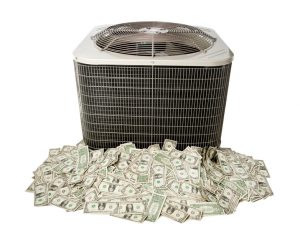 At the end of the summer is when you’re most likely to notice your air conditioning system is wasting money. The bills for the summer have accumulated, and you may see a difference in how much you’re paying—an unpleasant difference.
At the end of the summer is when you’re most likely to notice your air conditioning system is wasting money. The bills for the summer have accumulated, and you may see a difference in how much you’re paying—an unpleasant difference.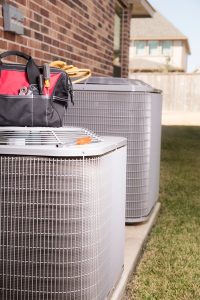 The line set is an essential part of any split system air conditioner. A split system AC is probably the type you have: it’s the standard air conditioner set-up of an outdoor condenser cabinet where heat is released and an indoor unit and blower to remove heat from the air and then send it into the ductwork. The line set is the vital part the connects the indoor and outdoor components. It’s a double set of copper refrigerant lines that carry the circulating refrigerant to and from the units. The line set is sometimes exposed and sometimes hidden in the ground.
The line set is an essential part of any split system air conditioner. A split system AC is probably the type you have: it’s the standard air conditioner set-up of an outdoor condenser cabinet where heat is released and an indoor unit and blower to remove heat from the air and then send it into the ductwork. The line set is the vital part the connects the indoor and outdoor components. It’s a double set of copper refrigerant lines that carry the circulating refrigerant to and from the units. The line set is sometimes exposed and sometimes hidden in the ground.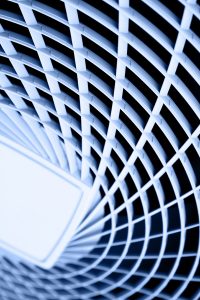 When your air conditioning system won’t turn on, you know it means trouble. After all, you’ll feel the effects right away and want something done about it. But what about the reverse problem, an air conditioning system that won’t stop running? You may enjoy the cool house for a bit, but when the AC won’t power down, you’ll not only have a house that’s too cold, you’ll also waste enormous amounts of money and have an air conditioner that’s wearing down so fast that it will need replacement years too early.
When your air conditioning system won’t turn on, you know it means trouble. After all, you’ll feel the effects right away and want something done about it. But what about the reverse problem, an air conditioning system that won’t stop running? You may enjoy the cool house for a bit, but when the AC won’t power down, you’ll not only have a house that’s too cold, you’ll also waste enormous amounts of money and have an air conditioner that’s wearing down so fast that it will need replacement years too early. The compressor is the most critical part of your central air conditioning system. All parts of an AC are important for it to operate, but the reason we say the compressor is the most critical is because when it fails, not only does the AC lose its ability to cool, it also usually means the air conditioner must be replaced with a new condenser and indoor evaporator coil.
The compressor is the most critical part of your central air conditioning system. All parts of an AC are important for it to operate, but the reason we say the compressor is the most critical is because when it fails, not only does the AC lose its ability to cool, it also usually means the air conditioner must be replaced with a new condenser and indoor evaporator coil.





